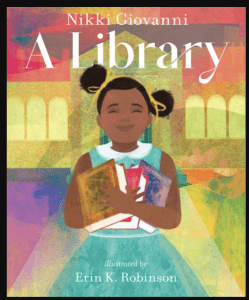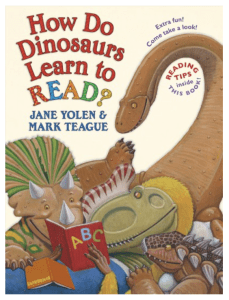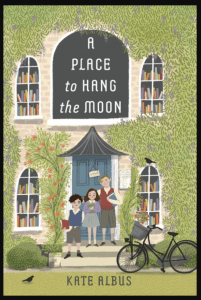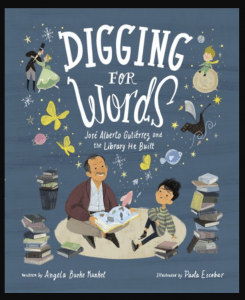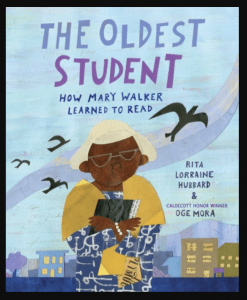Dear Reader,
I’m so glad that you want to be a reader. I’m glad that you are asking for good books. But – as you’ve noticed – it’s hard to find stories for middle-schoolers that are well-written, interesting, but not too difficult to read.
What you’re already noticing is that the books that are easy for a middle school student to read tend to fall into one of two groups:
- Humorous stories. Silly stories. Lightweight stories about characters who like playing pranks and avoiding work.
- Stilted stories. Slightly awkwardly written stories intended for students who find reading difficult.
You have now heard enough stories in class and read enough stories yourself that you know how good writing should sound. You also are mature enough that you’d rather read more serious stories than The Diary of a Wimpy Kid books. So what should you do?
Two solutions:
- Expand your interests. Read stories that are set in places and times that are unfamiliar to you. Read novels about characters who are unlike you. View reading as a chance to discover what it is like to be someone else.
- Read the easy-to-read novels that are especially written for poor readers. Because that is what you are right now. A not-very-skilful reader. You need to build up your strength with easier books so that you can get to the novels you’d prefer to read. If you read for an hour every day, you will be amazed how much stronger you will be in a few months.
Here’s a novel that will expand your general knowledge and help build up your speed:
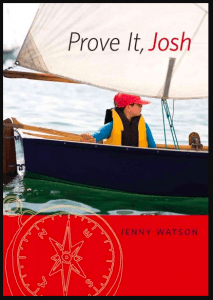
Watson, Jenny. Prove It, Josh. Winlaw, BC: Sono Nis Press, 2013.
Josh has moved from Toronto to Vancouver Island to live with his dad aboard a boat. But he hasn’t made any friends and he finds it impossibly difficult to read. His dad makes him see a reading tutor but that isn’t helping his social life. Maybe winning a boat race will show the world that he isn’t worthless.
This 157-page novel has widely-spaced lines of print.The messages are easy to find: everyone has difficulties, so don’t give up when life is hard; good character is more important than being a good reader or winning a race. The writing is somewhat awkward and there are some technical terms about sailing but just skip over the parts you don’t understand and carry on with the story. You are on your way to becoming a serious reader.
Happy reading!
Ms. R.
P.S. Find more easy-to-read books HERE!
